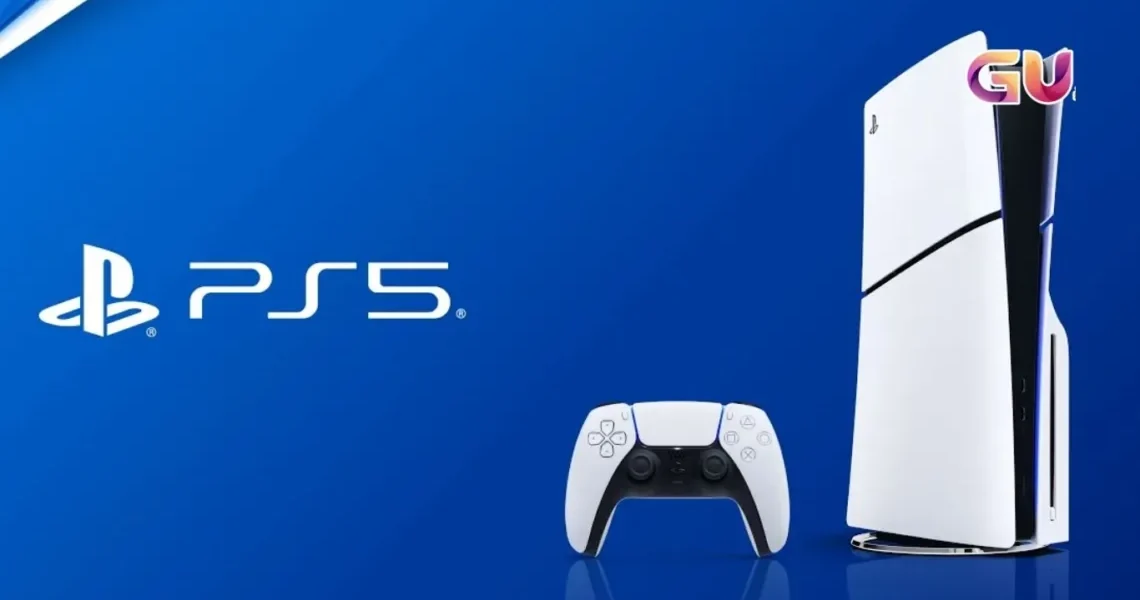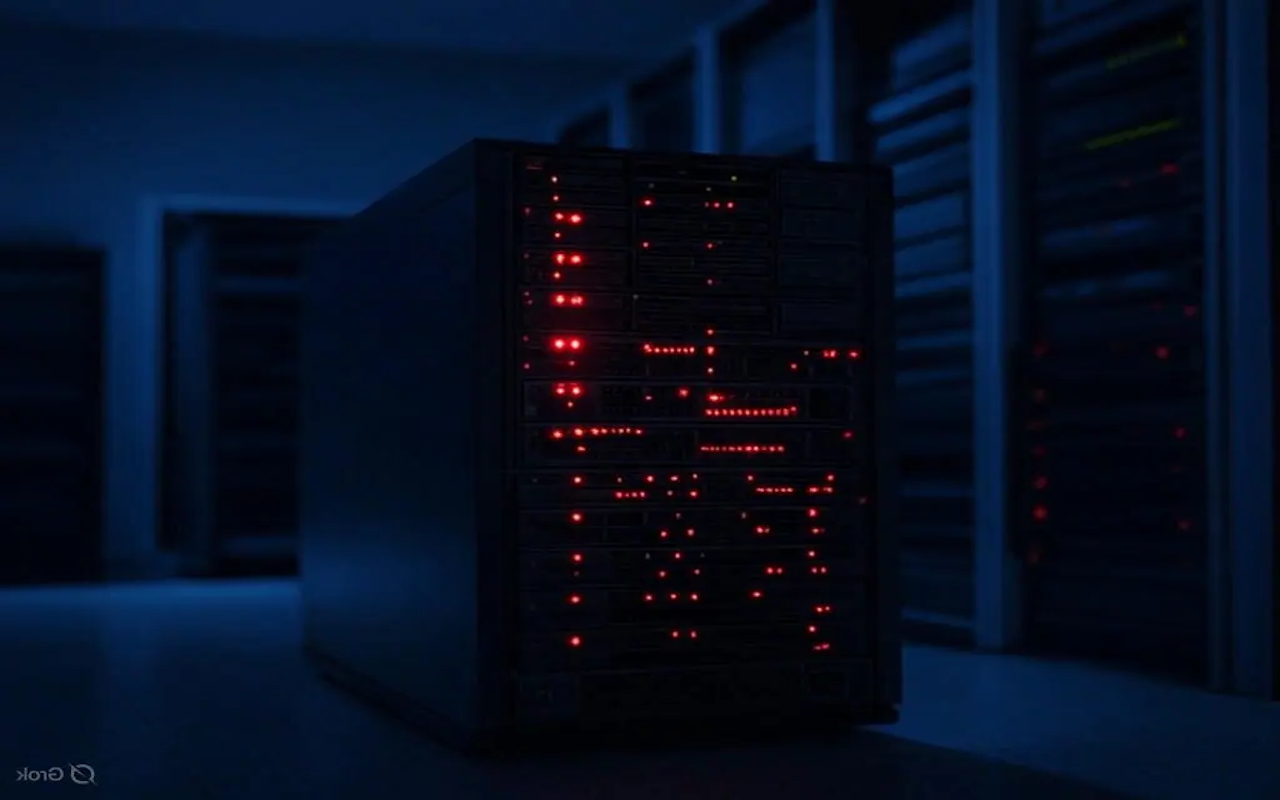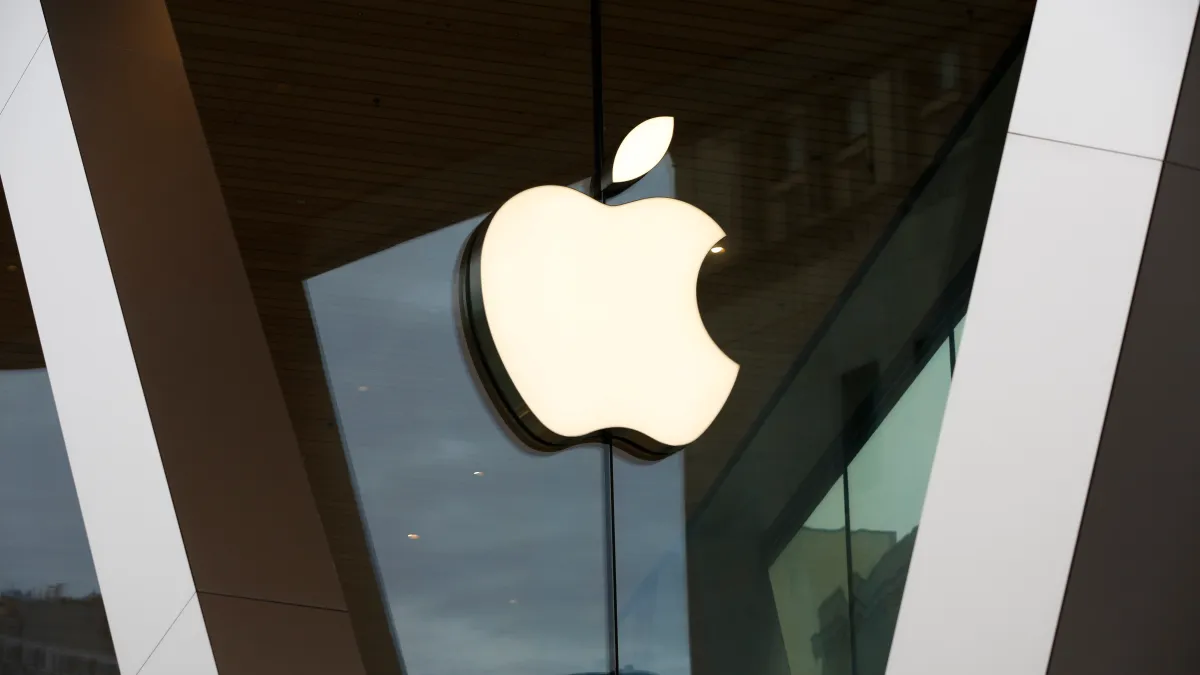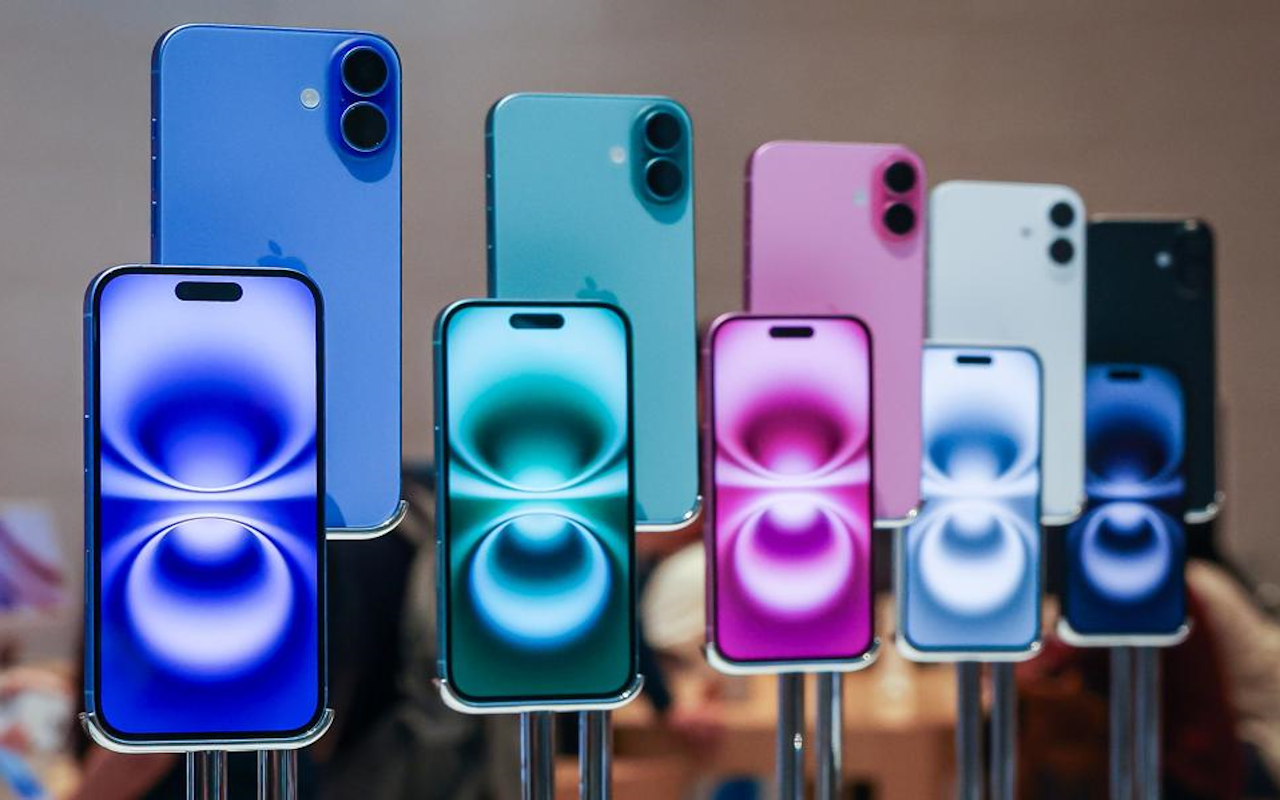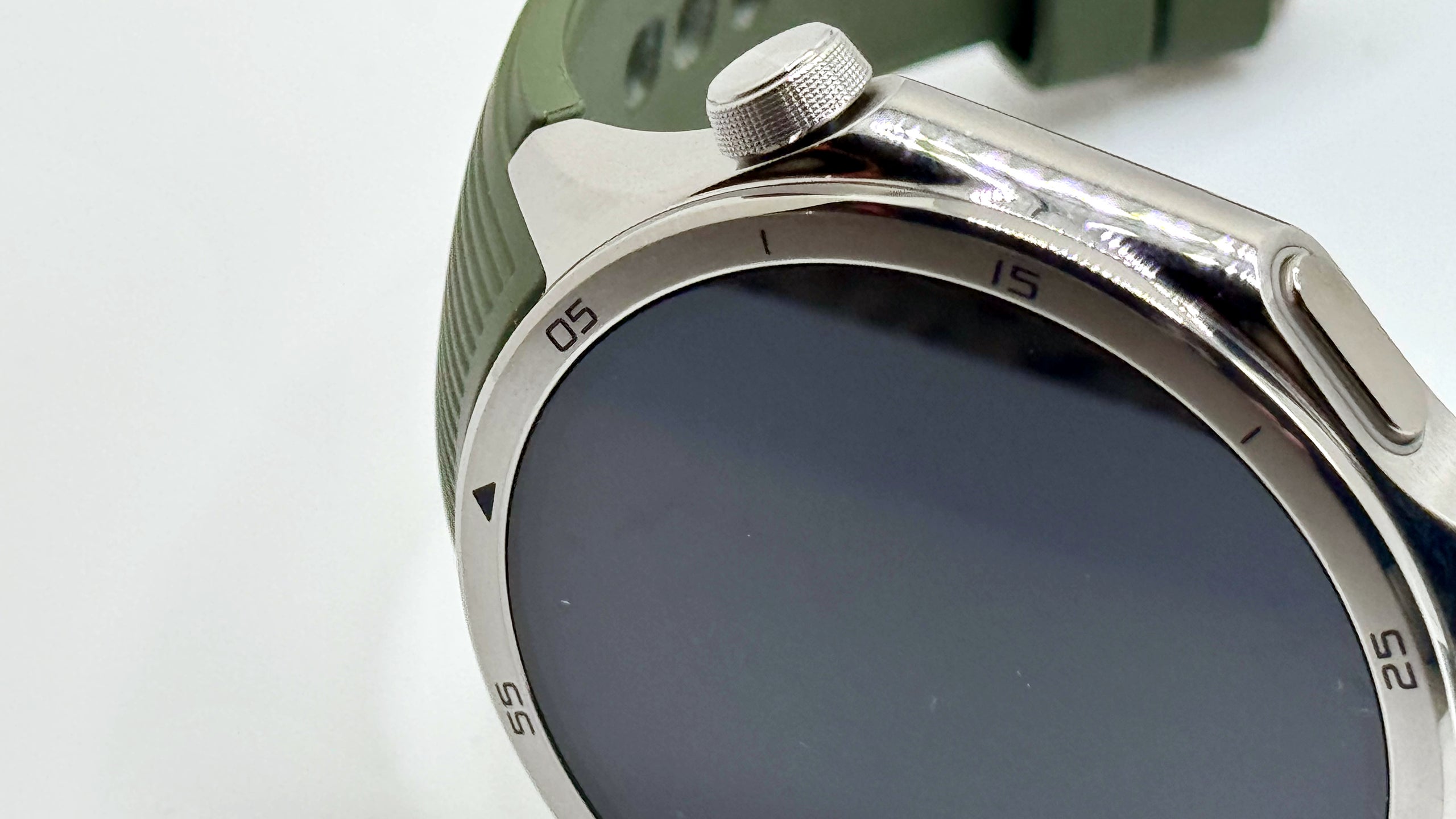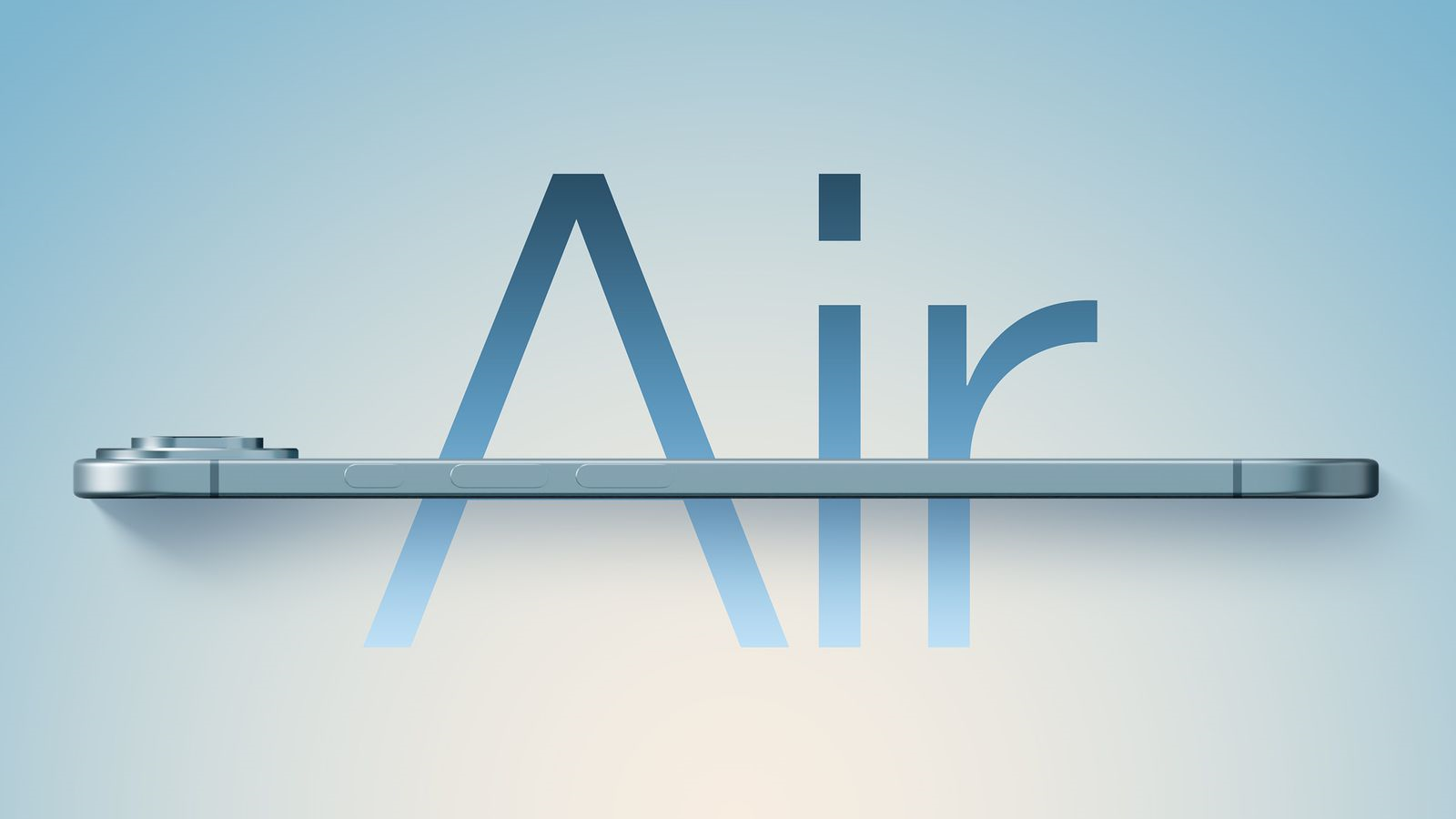PS6 Rumors Hint Built-In Disc Drive Return
Sony’s strategic direction for its next console, the PlayStation 6, is reportedly being influenced by feedback received on recent hardware iterations, specifically the PlayStation 5 Pro.
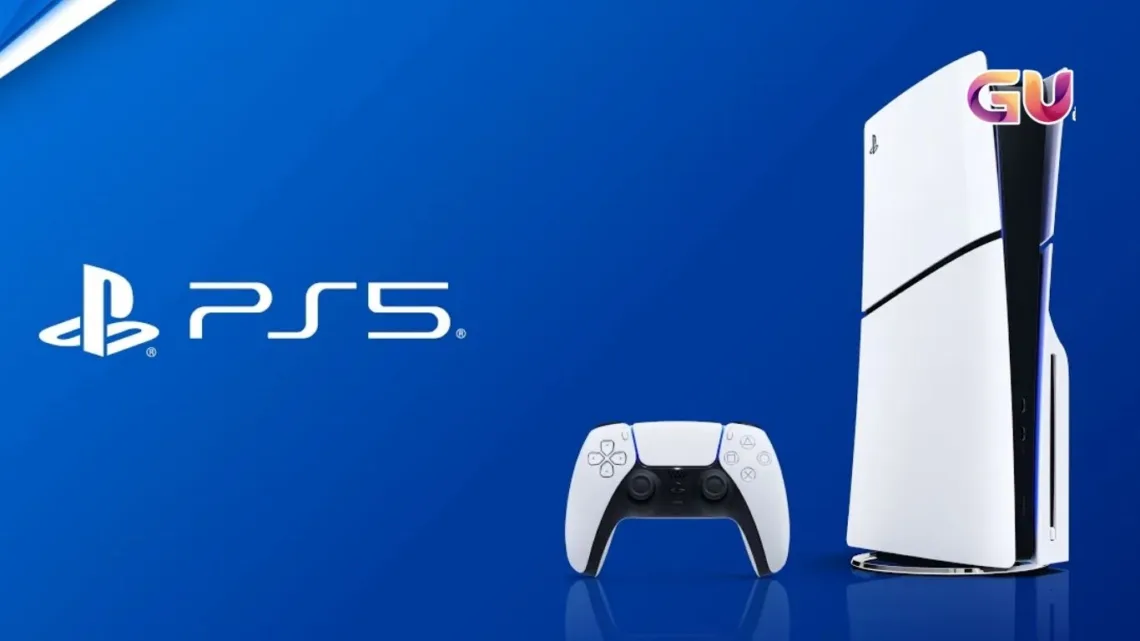
PS6 Rumors Hint Built-In Disc Drive Return
After facing a mixed reception regarding certain design choices, particularly the decision regarding the disc drive on the PS5 Pro, Sony is now rumored to be considering a significant adjustment for the PS6: the return of an integrated disc drive. This potential move is seen by many as a way for the gaming giant to better cater to the diverse needs of its global player base.
PS5 Pro Design Controversy
The PlayStation 5 Pro arrived on the market promising enhanced performance capabilities, offering upgrades in processing power, graphical fidelity, and potentially faster loading times compared to the standard PS5. However, a key design change proved controversial among a segment of the gaming community: the absence of a built-in disc drive.
Unlike its predecessor and the base PS5 model, the PS5 Pro required users who wanted to play physical games or Blu-rays to purchase and attach an external disc drive accessory. This decision sparked debate and disappointment among loyal players who value the convenience and functionality of an integrated drive. Critics and gamers alike voiced concerns that decoupling the drive from the console limited consumer choice and access to physical media.
The Enduring Value of Physical Media
The preference for physical games remains strong for a significant portion of Sony’s vast user base worldwide. Former PlayStation executive Shawn Layden recently highlighted the ongoing importance of physical media, emphasizing that Sony distributes its consoles across approximately 170 countries.
Layden noted, in an appearance on the Kiwi Talkz podcast, that while digital-only models might be viable in regions with robust internet infrastructure like the U.S. or Australia, they are simply “not a viable option” for many players in other parts of the world who still contend with inconsistent or slow internet access. For these consumers, physical discs offer reliable access to their purchased games without requiring large downloads or constant online verification.
Beyond accessibility in low-bandwidth regions, physical media provides other benefits valued by consumers. Owning a physical disc offers a tangible sense of ownership and security that digital licenses, which can be tied to accounts and subject to terms of service changes, do not always guarantee.
Furthermore, the physical game market supports the sale of used games and allows consumers to take advantage of retail sales and discounts on new titles – economic advantages that are absent in a locked digital ecosystem. These factors underscore why a built-in disc drive remains important for consumer autonomy and economic flexibility.
PS6 May Bring Back Integrated Disc Drive
Drawing from insights like those shared by industry veterans and reflecting a renewed understanding of the global market’s needs, rumors suggest the PlayStation 6 is likely to feature a built-in disc drive once more. This adjustment would signal Sony’s commitment to inclusivity and support for physical formats, directly addressing some of the criticisms faced by the PS5 Pro’s design.
An integrated drive would streamline the user experience and ensure that all consumers, regardless of their internet connectivity or preference for physical media, have immediate access to the full capabilities of the console without needing additional purchases.
If the disc drive were to remain an external, optional accessory for the PS6, particularly as console and game prices continue to rise, it could further alienate players already sensitive to cost. The move back to a built-in drive would be seen as a player-friendly decision that respects different market conditions and consumer preferences worldwide.
New Console Timeline Hinted in Cancelled Game Report
While official announcements about the PlayStation 6’s release date or specifications have not yet been made by Sony, industry reports provide hints about the next-generation console cycle. A recent report from Insider Gaming discussed the cancellation of a Blade Runner game that was reportedly in development at Supermassive Games, the studio known for titles like Until Dawn. Crucially, this game was allegedly targeting a September 2027 launch not only on current-generation consoles but also on upcoming “Gen 10” hardware, which would include both the PS6 and the next Xbox.
This detail implies that game developers are already working with potential timelines for the next wave of console hardware and may even have access to early development kits to begin planning and building future titles. Given Supermassive Games’ established relationship with Sony (having developed several titles for PlayStation platforms), the possibility that Sony has briefed them on next-gen plans adds credibility to the idea of the PS6 potentially arriving as early as 2027.
Balancing Innovation and Player Needs
As Sony looks towards the PS6, the company faces the challenge of balancing technological innovation with honoring the established preferences and needs of its massive, loyal audience. The debate between physical and digital media support is not just a technical specification; it touches on cultural values, economic realities for players, and the long-standing tradition of collecting and owning physical game libraries. Players who have grown up with PlayStation consoles often have significant collections of discs and value the permanence and resell potential that physical media offers.
Simultaneously, the broader video game industry continues its trajectory towards increasingly digital-first models, cloud-based gaming services, and subscription platforms. Competitors, notably Microsoft with its emphasis on Xbox Game Pass and xCloud, are actively pushing their ecosystems into more fully online and subscription-based experiences.
Sony must carefully weigh these industry trends and competitive pressures against the clear demand and rationale for supporting physical media for a large segment of its market. The PS6’s design choices will reflect where Sony lands in this strategic balancing act.
Implications for the PlayStation Ecosystem
The decision to include a built-in disc drive in the PS6 would not just be a hardware specification; it would carry implications for the entire PlayStation ecosystem. It would signal a continued commitment to the physical retail market and the used game market, which benefits consumers but differs from a purely digital distribution model that offers publishers more control over pricing and availability.
This choice would affect relationships with brick-and-mortar retailers and potentially influence the pricing strategies for digital game releases. It would also reinforce PlayStation as a platform that caters to players who value traditional ownership models, differentiating it from platforms that might lean more heavily into subscription or cloud-only access in the future.
What’s Next for PlayStation Fans?
While specific details regarding the official specifications, pricing, or exact release date for the PlayStation 6 remain unconfirmed by Sony, the strong feedback received regarding the PS5 Pro’s design and the emerging reports from developer circles suggest that Sony is indeed attentive to consumer preferences.
The reception of the PS5 Pro, particularly the commentary around the disc drive, appears to be influencing internal discussions about the features and design principles that will define the next generation of PlayStation hardware. The PlayStation 6, as anticipation continues to build and rumors circulate, has the potential to represent both a significant step forward in technological capability and a strategic move that acknowledges and responds to the diverse needs and desires of its dedicated global player base. The direction Sony chooses will ultimately shape the future of the PlayStation experience.
